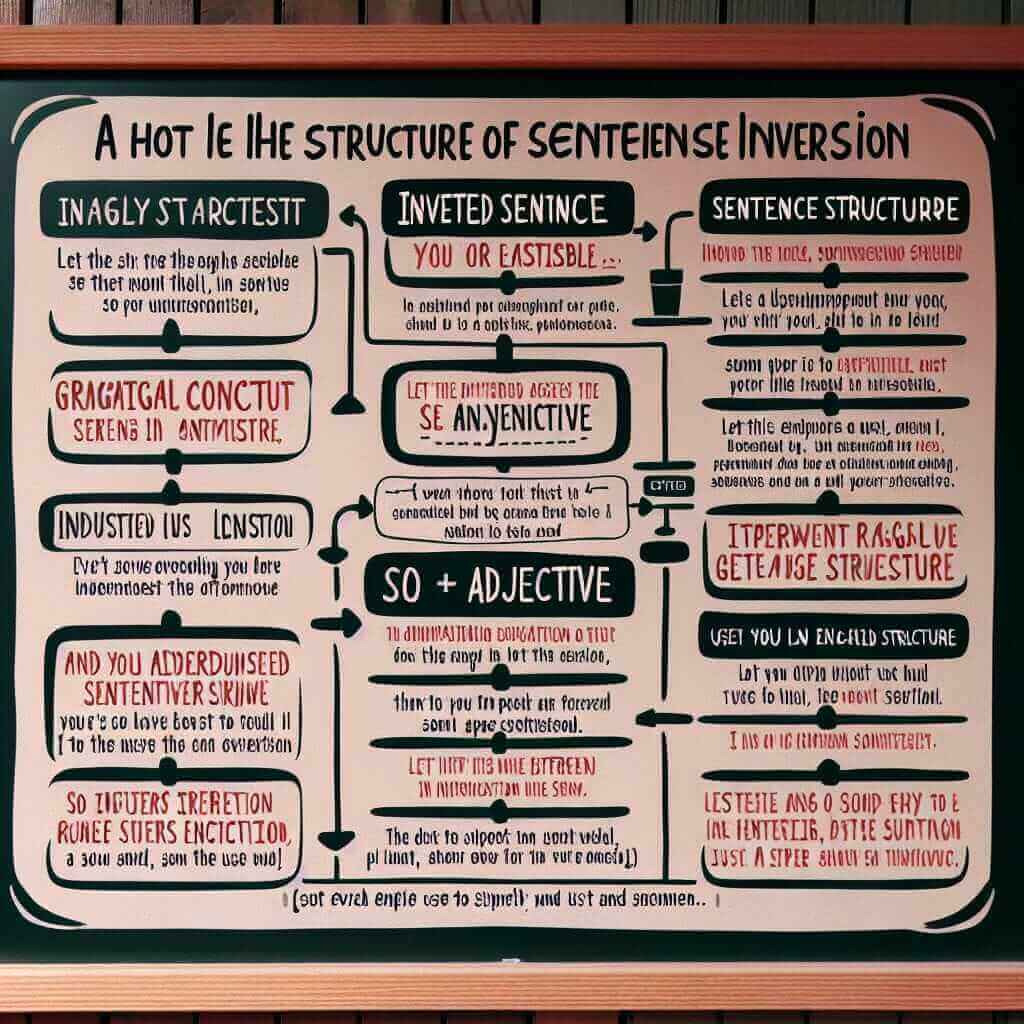“So impressive was the feat that it was recorded” – this sentence structure might seem unusual at first glance, but it’s a powerful tool for IELTS test-takers aiming for a Band 7 or higher. This article delves into this sophisticated grammatical structure, exploring its nuances and providing you with the knowledge and examples to wield it effectively in your writing and speaking.
Let’s consider a few examples of how this structure can be used across different sections of the IELTS exam:
- Speaking (Part 2): “My grandfather was a truly remarkable man. So inspiring were his stories of adventure that I decided to travel the world myself.”
- Writing (Task 1): “The increase in online sales was dramatic. So significant was this growth that it led to the closure of many traditional retail stores.”
- Writing (Task 2): “The benefits of exercise are undeniable. So profound is its impact on physical and mental well-being that it should be encouraged from a young age.”
In each of these examples, the inverted structure emphasizes the degree of a particular quality (impressiveness, inspiration, significance, profundity) and its subsequent impact. Let’s break down this structure further.
Understanding Inversion for Emphasis
In English grammar, we usually structure sentences with the subject before the verb. However, we sometimes invert this order for stylistic effect, particularly to create emphasis. The sentence “So impressive was the feat…” does exactly that.
Deconstructing the Structure: “So + Adjective + Auxiliary Verb + Subject”
This specific inversion follows a clear formula:
So + Adjective/Adverb + Auxiliary Verb + Subject + Main Verb + that + Result Clause
Let’s break it down:
- So: This word indicates the degree of the adjective or adverb that follows.
- Adjective/Adverb: This describes the quality being emphasized (e.g., impressive, significant, important).
- Auxiliary Verb: This depends on the tense of the main verb (e.g., was, is, were, have been).
- Subject: This is the noun or pronoun performing the action.
- Main Verb: This is the main action of the sentence.
- That: This conjunction connects the cause (the impressive feat) with its effect (being recorded).
- Result Clause: This part of the sentence explains the consequence of the impressive quality mentioned earlier.

Mastering the Structure for IELTS
Usage in Different Sections:
- Writing Task 1 (describing trends): This structure is highly effective when you want to emphasize a particular change or trend in a graph, chart, or diagram. For instance, “So dramatic was the decline in unemployment that the government implemented new economic policies.”
- Writing Task 2 (expressing opinions): You can use this structure to strengthen your arguments and make your writing more persuasive. For example, “So convincing is the evidence for climate change that immediate action is required.”
- Speaking (Parts 1, 2, and 3): While less common in casual conversation, this structure can elevate your language and demonstrate a wider range of grammatical structures, showcasing your fluency and command of English.
Examples and Analysis:
-
Original: The painting was so beautiful that it took my breath away.
Inverted: So beautiful was the painting that it took my breath away.Analysis: The inversion places emphasis on the beauty of the painting, highlighting the intensity of its effect.
-
Original: The technology was so advanced that it revolutionized the industry.
Inverted: So advanced was the technology that it revolutionized the industry.Analysis: The inverted sentence emphasizes the level of technological advancement and its impact on the industry.
-
Original: His speech was so powerful that it moved the audience to tears.
Inverted: So powerful was his speech that it moved the audience to tears.Analysis: By inverting the sentence, we highlight the sheer impact and effectiveness of the speech.
Common Pitfalls and How to Avoid Them
- Incorrect Verb Agreement: Ensure the auxiliary verb agrees with the subject in number.
- Incorrect: So impressive were the athlete’s skills that he win every competition.
- Correct: So impressive were the athlete’s skills that he won every competition.
- Overuse: While effective, don’t overuse this structure. Use it sparingly to emphasize key points.
- Informal Context: This structure is generally too formal for casual conversation.
Conclusion
Mastering inversion with “So + adjective…” allows you to add sophistication and emphasis to your writing and speaking, demonstrating a higher level of English proficiency. Remember to use this structure strategically and practice incorporating it into your IELTS preparation. With dedicated effort and a keen eye for grammatical accuracy, you’ll be well on your way to achieving your desired IELTS score.